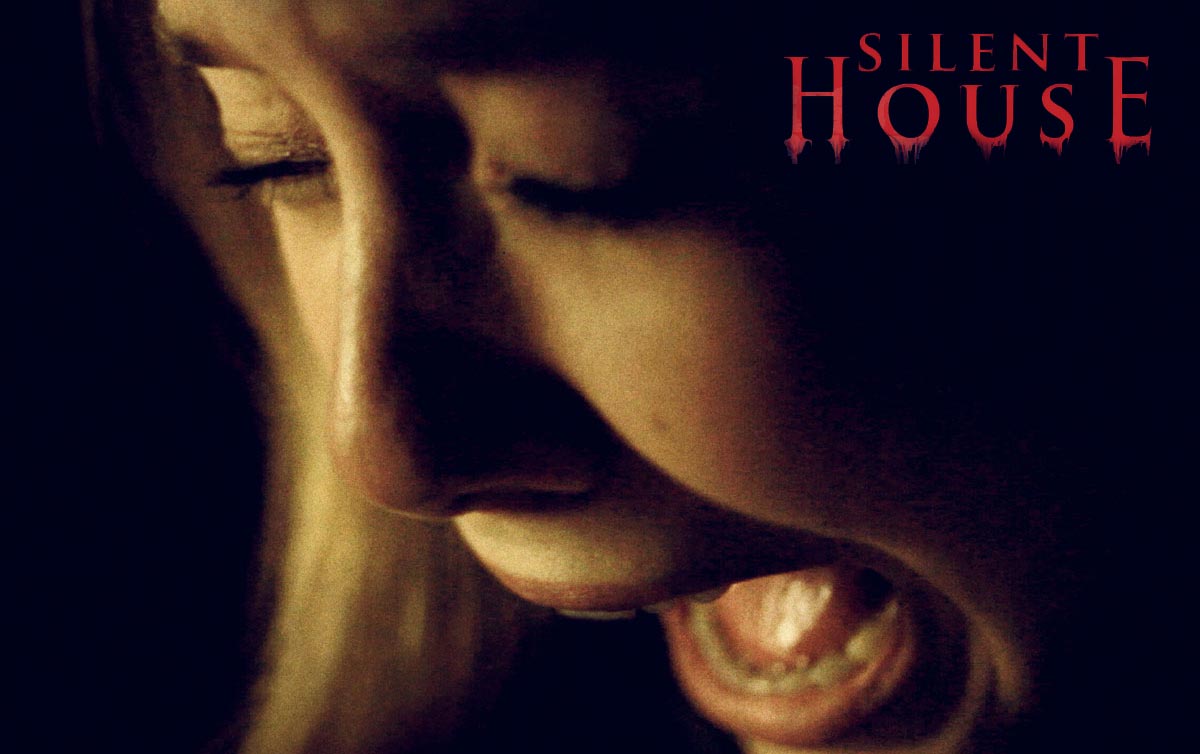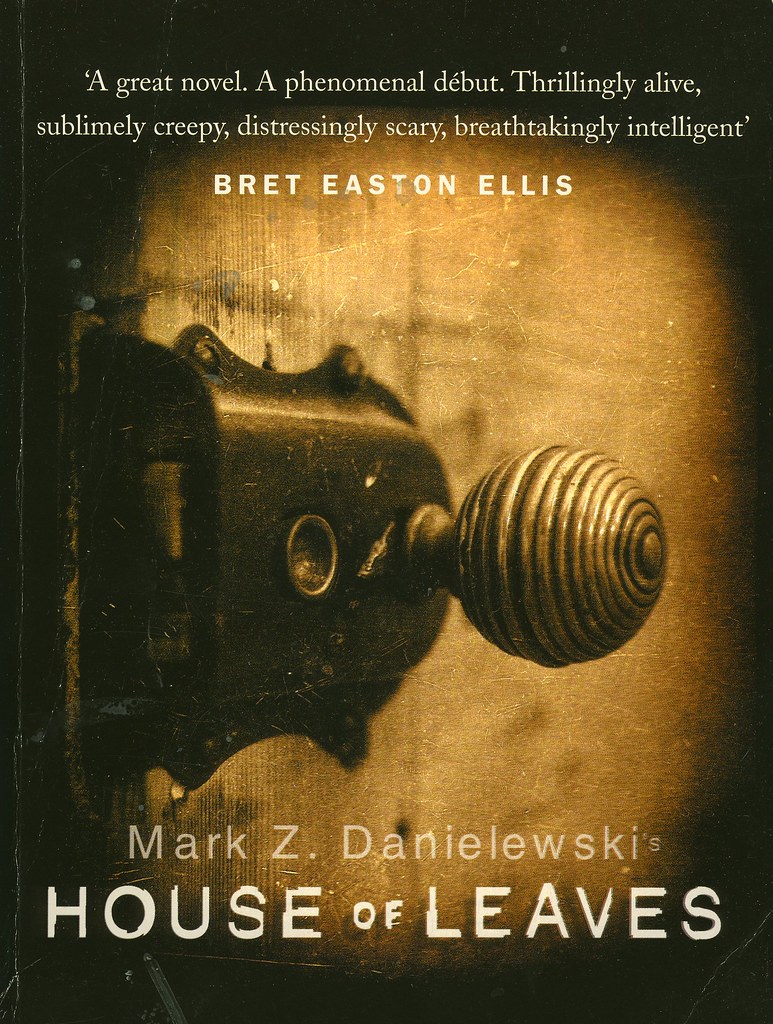Table Of Content
By the 2010s, a private company had taken control of the land and began operating the Parque Temático Hacienda Nápoles, a tourist destination for all ages that includes a water park, a butterfly farm, and museums. However, officials soon realized that they wouldn’t be able to manage all the animals, so most of them were relocated to other zoos. Resting atop the blue and white arch that welcomed guests to the estate, the plane served as a reminder — to all who passed under it — that Colombia was under the control of the cocaine king.
Pablo Escobar’s hippos find a new home in the land of ‘El Chapo’ - EL PAÍS USA
Pablo Escobar’s hippos find a new home in the land of ‘El Chapo’.
Posted: Sat, 27 May 2023 07:00:00 GMT [source]
Clowning for Novices: History and Practice With Rose Carver
At the height of his power, Escobar brought in an estimated $420 million a week in revenue, supplied 80% of the world’s cocaine, and smuggled 15 tons of cocaine into the US per day. Casa Museo Pablo Escobar details the rise and fall of Pablo Escobar, as told by his brother, Roberto Escobar. The museum exhibits include Escobar’s motorcycles (a pink Harley Davidson that he brought illegally from the United States), classic cars, even a gun allegedly used by Al Capone as well as other artifacts he used for establishing the drug transport routes. One car, in particular, was used by Escobar (with his cousin, Gustavo) to transport cocaine from Bolivia and Peru (as cocaine paste) into Colombia, a trip that took almost 125 hours one-way. Mr. Escobar lived in the Monaco building for years until 1988, when rivals bombed it. The Escobar family abandoned the structure, and it has remained vacant ever since.
The shower looked similar, but it was one of the best I've ever experienced.
Pablo Escobar's family is fighting over his most prized possessions with the cocaine kingpin's 'favourite neph - Daily Mail
Pablo Escobar's family is fighting over his most prized possessions with the cocaine kingpin's 'favourite neph.
Posted: Tue, 22 Aug 2023 07:00:00 GMT [source]
The blast caused extensive damage to the residence but the double-sided walls remained intact, acting as a blast barrier, which was the intent. The double-sided walls did not contain any secret stash or money deposits. Escobar was shot and killed by authorities eight months later in Medellín. The main house was, of course, luxuriously appointed, and even included its own disco tech. It was also built for practicality, however, featuring double-layered walls used for hiding mountains of cash and cocaine. About an hour’s sail northwest from the old Spanish port city of Cartagena de Indias are a group of about 30 islands known collectively as the Islas de Rosario.
Futaba Cake Building
With their bleached white beaches, clear blue crystal waters and abundant wildlife, they are a true tropical paradise. Hundreds of daytrippers from Cartagena descend on La Playa Blanca year round, tourists and locals alike. Today, Hacienda Nápoles is a family-friendly theme park with water attractions, a wildlife sanctuary, and museums. The Medellín cartel managed operations via air, land, and sea through sophisticated operational processes. At its height, the cartel earned over $420 million while distributing over 20 tons of cocaine per week.

The Hacienda also offers visitors a detailed history of Escobar's life and death, all documented through photos, newspaper records, and interviews with people who were close to him. Perhaps most striking is the famous 1993 photo of Escobar's lifeless body after the shootout with the Colombian government that ended his life now prominently displayed on a wall in his former home. At the far side of the island, hidden and secluded between the tropical forest and the Caribbean Sea, lies a grandiose complex of luxury buildings. At the height of his powers, Pablo Escobar was responsible for around 80 percent of the world’s cocaine. He headed the Medellín drug cartel, smuggling over fifteen tons of cocaine into the United States every day.
His name appears on the title of the house and in the paperwork transferring the property to the current owners. It is well known that the former boss of the Medellin Cartel had accumulated such an immense fortune that he hid part of his profits in secret compartments, in the walls of his house, and even buried them in the floor. When Miguel Mato, who was operating an excavator, knocked down the last walls on the 7,336-square-foot home, which sits on a 33,000-square-foot lot overlooking Biscayne Bay. Malca regularly rotates many of his pieces to keep things interesting for his returning guests.
How Pablo Escobar’s House Became A Family-Friendly Attraction
And with good reason; simply stepping foot anywhere near this place in the late 80s or 90s, would have had you killed on sight. Escobar maintained an army of ruthless bodyguards, led by ‘Popeye’ John Jairo Velasquez, who alone boasted that he’d murdered 300 people, and planned the deaths of over 3,000 hits, including his own wife. Their presence — along with the plane replica that stands proud at the entrance — is just another reminder that despite the family-friendly theme park, Hacienda Nápoles only exists because of Pablo Escobar.
Medellín Cartel
He soon graduated to setting up a distribution channel for cocaine himself while establishing smuggling routes to the United States. Mr. Escobar lived for years in the Monaco Building, a white, six-story edifice with a penthouse apartment on top and his family name still inscribed in fading letters on the exterior. Last Tuesday, a white or cream-colored package, about one foot long and wrapped in plastic with metal seals on the ends, was also found. Forensic tests by Miami Beach police determined it did not contain drugs. The safe was hidden beneath the entrance of what had been a large pink mansion consisting of four bedrooms, a pool, six bathrooms and a garage.
In Colombia, Tourists Spy on Hippos, Dinosaurs at Drug Kingpin’s House
La Isla Grande is home to about 800 islanders who sustain themselves mostly by fishing and farming, cut off from the modern world, with no running water and electrical power lines. But this idyll did the get attention of one vacationer, who built a palace, now abandoned. That would be infamous King of Cocaine, the original El Patron, Pablo Escobar. As we walked towards the machete wielding Cartagneros, Jesús began to explain what I was doing. They agreed to let me take photographs and wander around, but just not of themselves.
Any pedestrian could walk along the street and pose for a similar photograph – and in fact, you can still do so today, though the fence has gotten higher. The hotel is also complete with a spa, two pools, three restaurants, a private beach that handmade tiki huts dotted around, as well as an underground adult-only grotto. Now - nearly a decade later - the estate was discovered and purchased by art collector, Lio Malca.
To what extent Escobar was a genuine benefactor for the working classes of Colombia, versus the hagiographical image he created around himself, is hard to judge. Certainly his public funeral resembled the passing of a popular king, and not a mass murderer. But his popularity in the working classes also benefitted him when he came to run for public office. Asking Jesús and other islanders on Isla Grande whether El Patron did anything for them, the answer was no. I was struck by the overt friendliness of the people of Orika and by the paradox of their island home. They’ve never had a police force according to Jesús, yet through the forest was the fortress of the world’s most lethal drug baron.
Every day on my trip was full of surprises, just like every corner of Casa Malca. The mansion was abandoned following Escobar's death in 1993 and wasn't discovered until 2003. It later caught the attention of renowned Colombian contemporary art collector Lio Malca, who bought the estate in 2012.
Jesús had only ever lived on the island, and he said growing up, you just never went near there. Escobar’s museum was located in Loma del Indio, in Medellín’s Poblado neighborhood. The gate at the entrance is adorned with a photo of the airplane Escobar used for his inaugural cocaine shipment. A walkway leads to Roberto’s home, which is adjacent to the demolished museum building. Drug Enforcement Agency (DEA) tagged Roberto as the number two man in the Medellín Cartel, the drug cartel led by Pablo that flooded the United States with cocaine. The cartel openly warred with the Colombian government when it tried to extradite captured members to the U.S.
People have even been caught sneaking into Hacienda Nápoles — for the sole purpose of digging up the lawn in the hopes of finding any treasure that Escobar may have left behind. In 2006, Hacienda Nápoles was valued at 5 billion pesos (which was the equivalent of around $2.23 million). At the time, the estate had just been declared the property of the Colombian state. Furthermore, at some point, the hippos actually managed to escape the property. No one knows exactly how many hippos live in the local area now, but researchers estimate that there may be a population of up to 100.
With more than 300 rooms for guests and party-goers, no expense was spared, even down to the gold shower heads in the bathrooms. Escobar’s playground resembled a strip from Miami’s South Beach in its 1980s heyday. For his party home on La Isla Grande, Escobar’s plans were no less ostentatious. He commissioned a giant complex featuring a mansion, waterfront apartments, a palm court centered around an enormous swimming pool and helicopter landing pad. With over 300 rooms for guests and party goers, no expense was spared, even down to the gold shower heads in the bathrooms.











